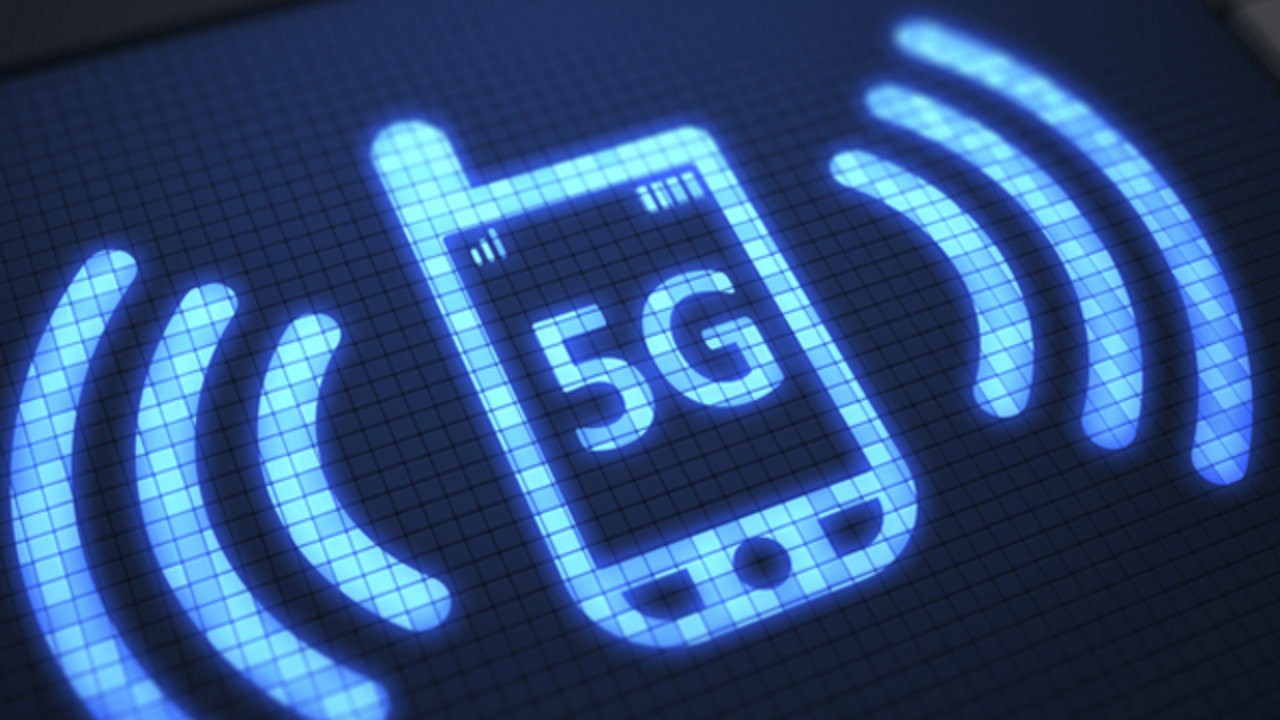How 5G technologies can be implemented more efficiently
Knowing where to place 'small cells' will make all the difference

As the name suggests, 5G is the fifth generation of cellular mobile communications. The key benefits of 5G over 4G LTE are much higher data rates (1-20 Gbit/s), much lower latency (1 ms), and increased capacity as the network expands.
What does this actually mean for the average consumer?
- Higher data rates allow consumers to download content more quickly e.g. a consumer could download a full HD movie in less than 10 seconds on a 5G network vs. ~ 10 minutes on a 4G network.
- Lower latency means users will experience less delay / lag when requesting data from the network - a latency of milliseconds, which are imperceptible to a human.
More broadly, the 5G network will advance mobile from largely a set of technologies connecting people-to-people and people-to-information to a unified connectivity fabric connecting everything to everything (X2X); 5G will act as a critical enabler for Massive IoT, Connected Autonomous Vehicles (CAV), remote critical control etc. Cars will be connected to the roads and cities they are navigating; doctors to the medical devices of their patients; physical infrastructure and assets to those tasked with maintaining and managing them. The promise of 5G is to enable billions of new connections that are fast, secure, and instantaneous.
Understanding the vast amount of data generated from the 5G revolution intelligently will be a key challenge in unlocking the full potential of 5G to vastly improve our lives, as promised.

Simulated realities
At SenSat, a leading European AI company based in Shoreditch, London, we are developing powerful technologies that can ingest and understand numerous real-time datasets, root them contextually in physical real world geometry, and then generate tremendously valuable spatial intelligence. How?
SenSat create ‘digital twins’ of real-world locations by capturing high resolution 2D and 3D data, using leading data-capture technologies. For example, as the UK's largest drone data provider and the UK Department for Transport’s Pathfinder Infrastructure Partner, we can autonomously capture physical geometry 400x faster than other manual data capture techniques.
We then infuse real-time spatial datasets onto these digital twins, creating ‘simulated realities’, which are exact digital environments that mirror what is happening in the real world.
Are you a pro? Subscribe to our newsletter
Sign up to the TechRadar Pro newsletter to get all the top news, opinion, features and guidance your business needs to succeed!
SenSat can then use sophisticated machine learning techniques using these simulated realities to solve complex spatial optimisation problems, allowing for faster and better decision-making.
Barriers to 5G rollout
Indeed, the rollout of 5G in the UK is one of these complex spatial optimisation problems.
The first commercial rollout of 5G networks in the UK will utilise relatively long wavelength bands of spectrum that have already been auctioned / are expected to be auctioned in 2020.
As Qualcomm’s tests in Frankfurt and San Francisco demonstrated, achieving required data rates for 5G in the real world (Gbit/s) will require using mmWave spectrum (>30GHz).
However, mmWave spectrum suffers from short transmission paths and high propagation losses. The shorter wavelength (measured in mm) makes mmWave highly sensitive to physical structures, facade materials, temporary obstructions, weather, etc. - all of which cause absorption and refraction, resulting in significant signal attenuation / loss.
As a result, line of sight (LoS) transmission from base stations (called ‘small cells’) to devices will be required to maintain sufficient 5G data rates. This will require mass densification of urban areas with new small cells to propagate mmWave 5G.
The ultimate ‘cost’ of rolling out 5G will be proportional to the number of small cells needed to be installed for this ‘mass densification’ of urban areas - reducing the cost of this rollout requires reducing the number of small cells needed to be installed, optimising their location, and improving the logistical efficiency of installation.
Optimising the location of small cells
This complex non-linear optimisation problem requires an understanding of:
- mmWave propagation: because of its extreme sensitivity to the physical environment, ensuring adequate propagation to provide sufficient 5G data rates is a non-linear problem e.g. doubling the data rate may require a >2x increase in the number of small cells, depending on the complexity of urban areas. Data needed: permanent physical topography (vegetation, buildings), temporary topography (mass urban transit patterns), weather etc.
- Data demand: understanding data demand/use in various locations is also key to understanding the required number of small cells. Data needed: land use, land type, footfall data etc.
- Logistical constraints: improving logistical efficiency of the rollout of small cells will reduce overall rollout cost e.g. reducing the number of building owners, and local authorities that need to be contacted for permission to install small cells will lower the cost of rollout. Data needed: land ownership, traffic and transport data etc.
As the Department of Digital, Culture, Media and Sport identified earlier this year, “there is currently no single platform capable of ingesting the many and varied datasets required to deliver a comprehensive platform suitable for understanding mmWave propagation for 5G”.
SenSat’s proprietary technologies are solving complex physical geospatial problems like this.

In the case of 5G: SenSat can use simulated realities of major urban areas to extract actionable insights using machine learning techniques; we combine multiple datasets (land use, land ownership, data use) rooted in physical urban geometry, to generate intelligence that can optimise the location and reduce the number of small cells for installation. This reduces the rollout cost for telcos of 5G, and ultimately, the cost of 5G for consumers.
James Dean, CEO and Founder of SenSat
- We've also highlighted the best business phones
James Dean is the CEO of SenSat and is a technology entrepreneur fascinated by the way the world works. He founded SenSat to enable the greatest step change since the internet; the digitisation of the physical world.
